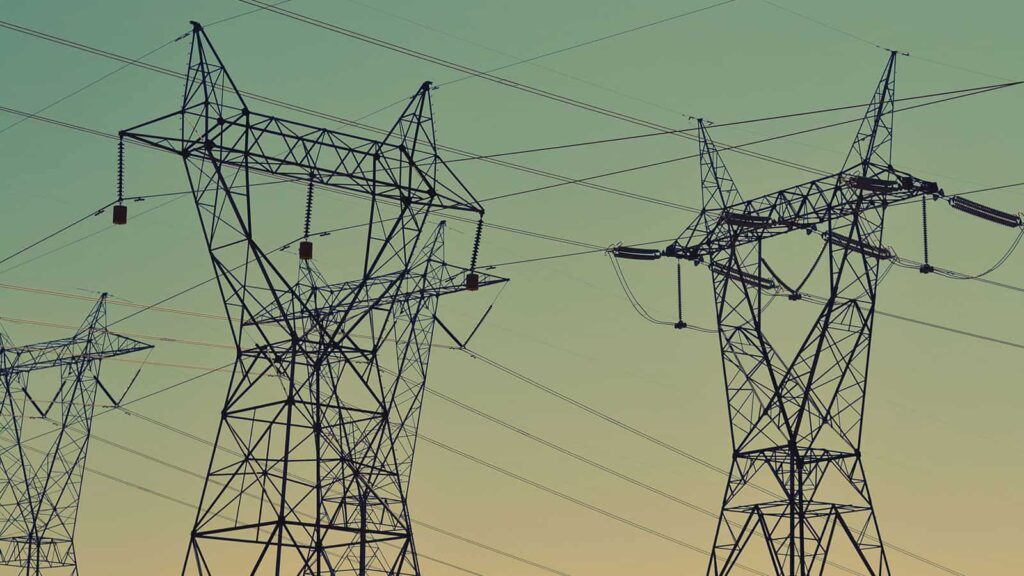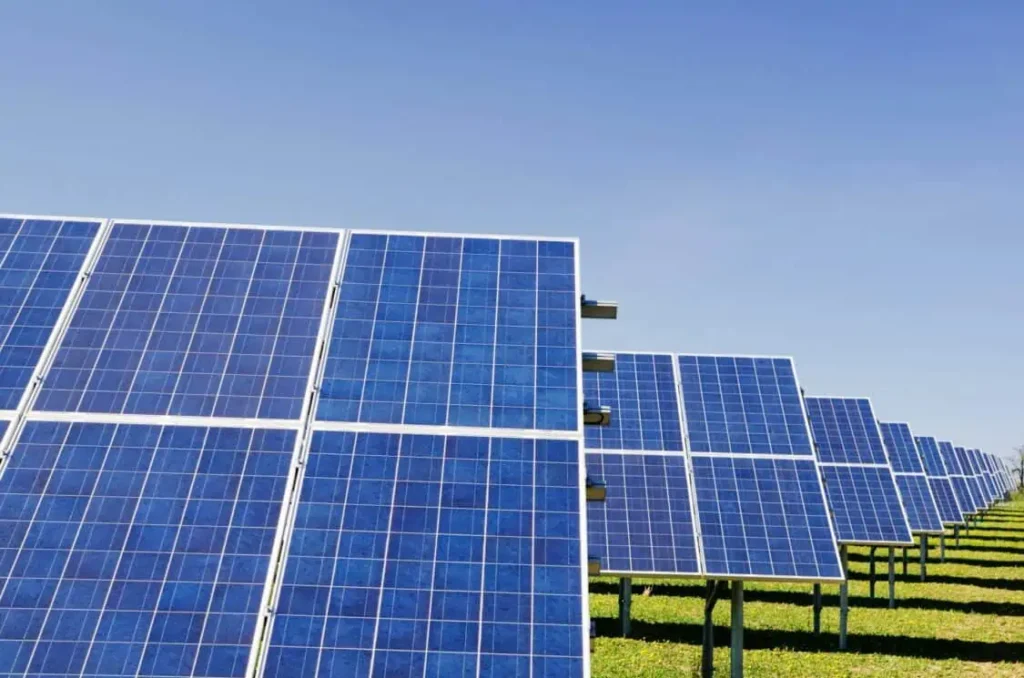With EV Dominance Coming, Can the U.S. Power Grid Handle Electric Cars?
The public and many energy experts are concerned that with the massive influx of electric vehicles currently underway, the U.S. power grid may not be able to handle the added EVs. Can the power grid handle electric cars?
Despite American carmakers cutting back EV production and automotive dealers complaining they can’t sell EVs, the American EV revolution continues to grow at an impressive rate nonetheless. Year-over-year, battery electric vehicle sales increased by 50.7% through the first 11 months of 2023, totaling 1,007,984 sold.
Also, in 2023, the first-ever historic milestone of selling over 1 million EVs in a year marked a significant breakthrough in EV adoption. Atlas Public Policy said that EV market share reached 12% in December 2023, setting an impressive new record.
Looking at the situation globally, Norway reported 82% EV adoption in 2023, soon to be the first to reach 100%. China is breaking records every week, comprising a quarter of the European Union’s EV sales this year, as reported by CNBC.
Regarding EV adoption in China, Yahoo Finance said, “We expect about 11.5 million new EVs will be sold in the country this year, a 44% share of all new car sales. China is dominant in the global EV sector, accounting for 69% of all new EV sales in December, and continued growth is on the cards.”

Can the U.S. Power Grid Handle Electric Cars?
Power grid stability is a concern, with all of the new EVs set to hit American roads in 2024 and beyond. Many people believe massive upgrades and grid modernization will be needed to handle the additional power that will be required, as the transportation sector transitions at lightning speed from gas to electric.
EV technology is moving fast, and when combined with drastically reduced lithium battery prices, EVs are expected to cost less than internal combustion engine vehicles within the next few years in the U.S.
China’s BYD broke the $10K new electric car barrier this year by lowering the price of its Seagull to $9,700. OEMs around the world are scrambling to figure out how they’ll compete with this price breakthrough. Ford, Tesla, and others are feverishly working on small, low-cost EVs to compete with BYD. There is concern that spikes in EV sales from lower prices will strain the grid.

Electric Appliance Efficiency Decreased Electricity Usage Significantly
Concern is justified about more electric cars on the power grid; however, the U.S. power grid is holding fast right now with the current demand. The reason for that is that electric appliances have become much more efficient.
Even the widespread switch from gas to electric appliances — as well as the huge increases in usage of more and more electric devices such as phones, TVs, stereos, laptops, tablets, and a wide variety of other devices — hasn’t actually increased electricity consumption in the U.S.
Energy Intensity vs. Energy Efficiency Is What Matters
The American Council for an Energy-Efficient Economy reported that a 50% improvement in U.S. energy intensity, which means energy use per real dollar of gross domestic product (GDP) occurred from 1980 to 2014. This meant that the U.S. business sector and the consumer sector, when combined, saved about $800 billion dollars in 2014, based on the average 2014 energy price.
Electricity usage will continue to drop as older, less efficient appliances are converted to new, highly efficient appliances. This is mainly thanks to the strong push by the federal government, state governments, utilities, and other stakeholders to encourage home and business electrification, upgrades, and electrical efficiency improvements, which all mean a lower impact on the U.S. power grid.
Energy Star Labels Help Consumers Choose
Energy Star is a program run by the U.S. Environmental Protection Agency and the U.S. Department of Energy. The program promotes energy efficiency and provides information on the energy consumption of products and devices using a variety of different standardized methods.
The Energy Star label can be found on over 75 different product categories, including homes, commercial buildings, industrial plants, and more. It’s frequently used by consumers when choosing products, who choose the most efficient appliances available to save money on energy costs.
Energy Efficiency Is Eco-Friendly
Another great reason users are choosing energy-efficient appliances is to save the planet. Most power is still generated by fossil fuels, although nuclear and renewables are growing fast. More of this dirty fossil-fuel generated power is needed when using less-efficient appliances, which is causing climate change.
Power Generation
The U.S. Energy Information Administration said in its Short-Term Energy Outlook: “We expect that new renewables capacity — mostly wind and solar — will reduce electricity generation from both coal-fired and natural gas-fired power plants in 2024.”
The EIA forecasts that wind and solar will rise, accounting for 18% in 2024, and that electricity generation from coal will fall to 17% in 2024. Natural gas accounted for 39% of electricity generation in 2022, and the EIA forecasted its share to fall to 37% in 2024.

Average Home Electricity Usage
The EIA said the average U.S. home consumed about 10,500 kilowatt hours (kWh) of electricity per year in 2020. However, the use of electricity in homes varies widely per region and housing type.
The Future of EVs in America Is Bright
Thanks to many new technology advances, including microgrids, vehicle-to-grid (V2G) bidirectional charging, and smart charging, along with the meteoric rise of solar and renewables, the U.S. will have more than enough power to transition all ICE vehicles in the transportation sector from gas to electric. The move to 100% will take some years of struggle with problems and setbacks, such as the current EV adoption barriers, but with determination and hard work, it can and will be done.
Since EV adoption will not increase at a significantly faster rate for several years, the grid has time to prepare. When EVs are cheaper than ICE vehicles — which they will be soon — we’ll see another massive spike in adoption. However, by then, the U.S. power grid will most likely be ready.

Electric Vehicle Marketing Consultant, Writer and Editor. Publisher EVinfo.net.
Portfolio: BillPierce.net
